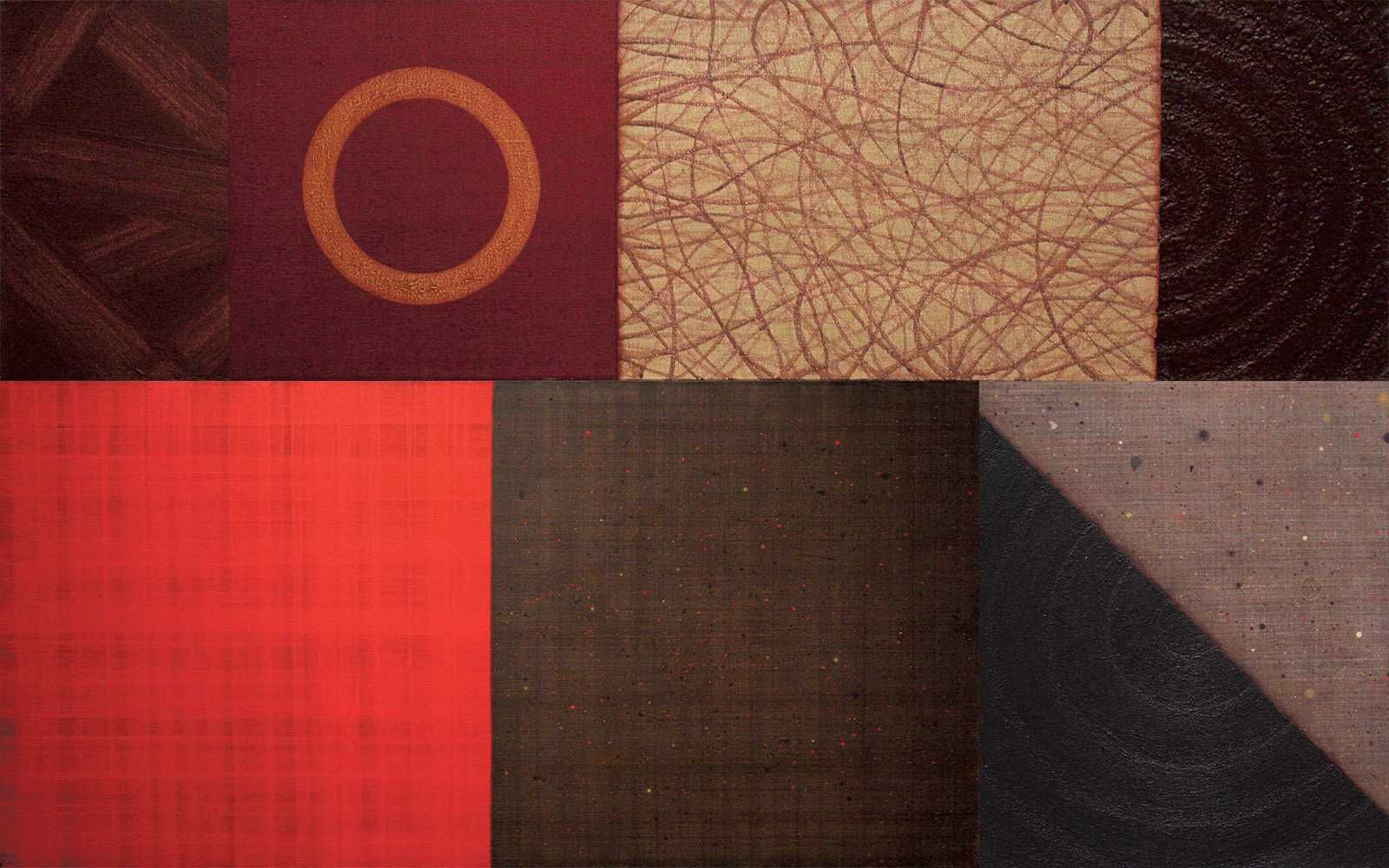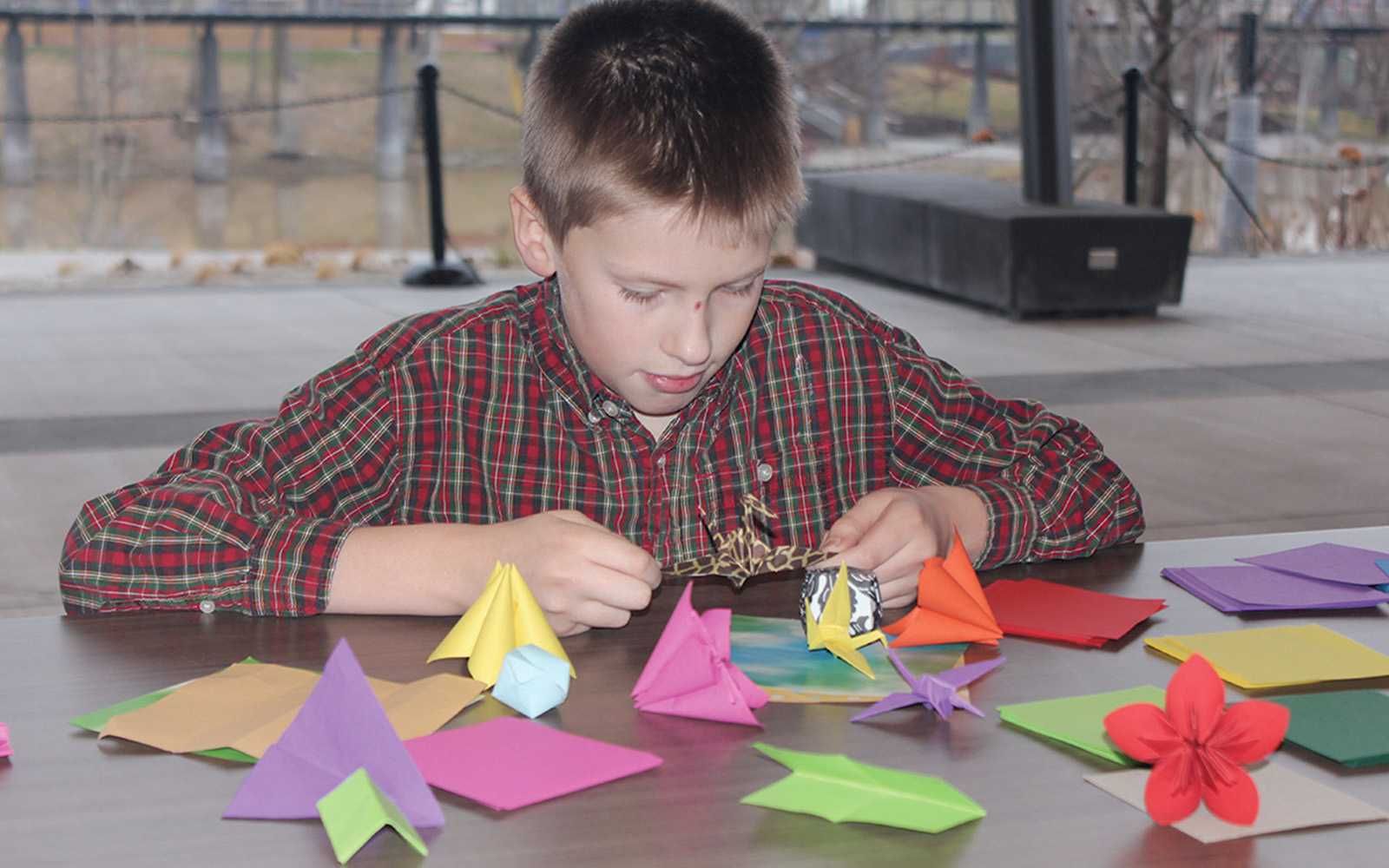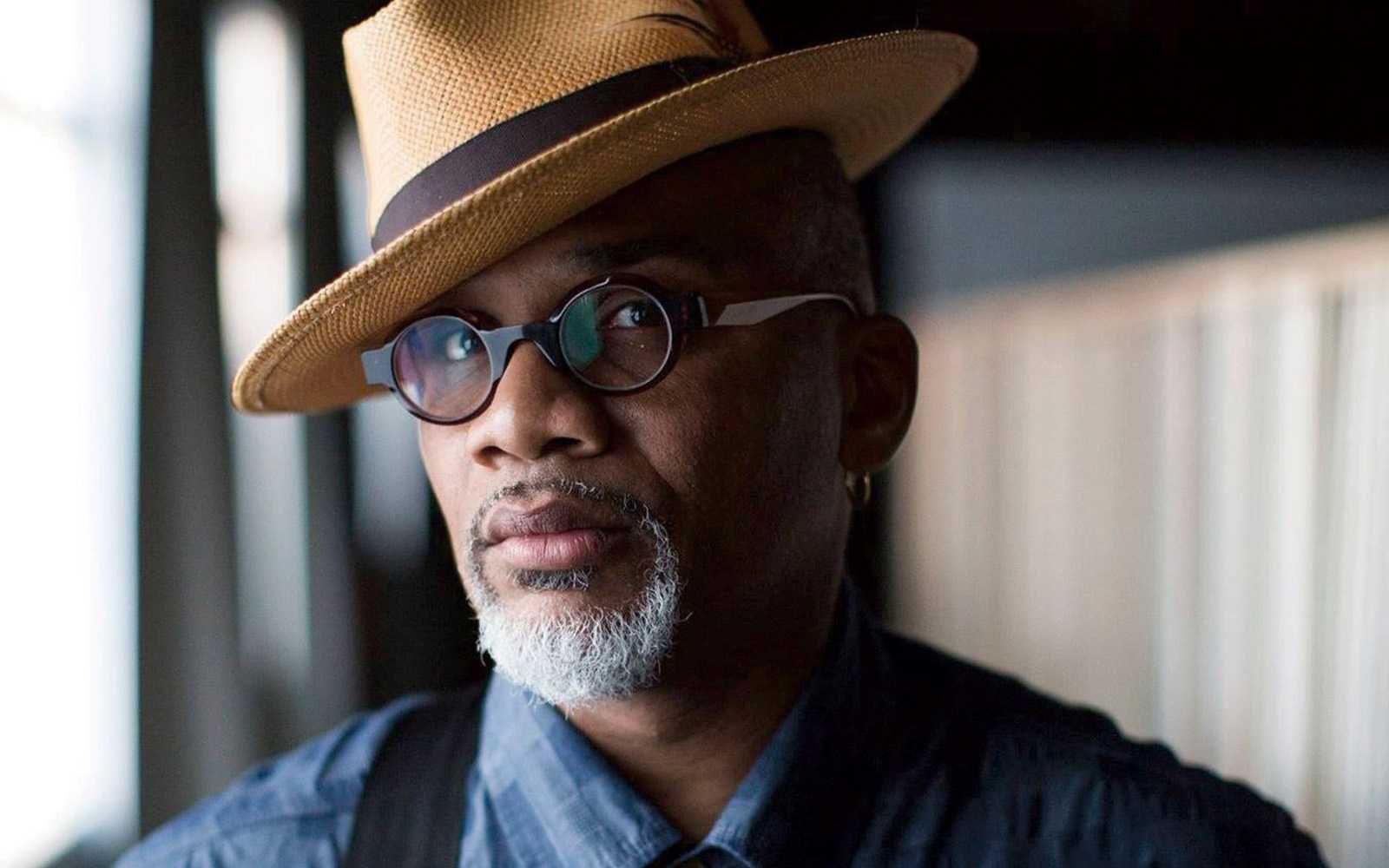Long before he became executive director of the Fort Wayne Museum of Art, Charles Shepard was a young curator in New York City, working among the many young and talented artists there.
Chief among them were David Shapiro and Steven Sorman.
Shapiro was just a young up-and-comer when Shepard first knew him. His reputation soon grew, and now his work is in such prestigious venues as the Solomon R. Guggenheim Museum in New York, the University of Chicago, the Cleveland Museum of Art, and The Museum of Modern Art in New York.
The Fort Wayne Museum of Art now describes Shapiro as “a singular voice in late 20th century abstraction.”
Sorman was best known for his complex multimedia paintings, drawings, and prints. He has work in the collections of museums around the world such as the Stedelijk Museum in Amsterdam, The Museum of Modern Art in New York, the Whitney Museum of American Art, the Art Institute of Chicago, and the Walker Art Center in his hometown of Minneapolis.
Remembering artists
Despite those successes, the art world can be a fickle friend. That’s something Shepard, as a historian and curator, understands.
During their early days in New York, both artists allowed Shepard into their studios and behind the scenes of their painting and printmaking. Since Shepard knew and interacted with them individually, he had no idea the artists were in fact best friends.
But Shepard never forgot them.
A few years ago, Shepard reached out to Sorman. Shepard recalled the conversation.
“I told him, ‘I’m an art historian, and unless you’re Andy Warhol, how is the art world going to remember you? Who is going to keep your art in the public eye in the years to come?’ Steven said, ‘I never thought of that.’”
The result of that conversation was that Sorman trusted Shepard with his works, an opportunity to not only help secure Sorman’s legacy but elevate Fort Wayne Museum of Art to a higher level of esteem and recognition.
Sorman’s own gift of his work was in honor of Shapiro, who had cancer.
A Massive collection
Following Shapiro’s death in 2014, Shapiro’s widow Yara Trokel contacted Shepard to see if he would do the same honor for Shapiro.
What was to be a gift of 50 pieces eventually became 800, so Shepard and his staff had to look for ways to store such a massive collection.
Among the museum staff on hand the day they took possession of the works is curator Lauren Wolfer, who has put together the most recent exhibit of his work, David Shapiro: Transcendent Abstractions.
Unlike many exhibits which include works from other museum collections, Wolfer had to take a different approach when determining which of the hundreds of pieces from the museum’s collection to use.
“With traveling shows, we must install every artwork that comes with the show,” Wolfer said. “There is a lot of planning of galleries to make sure the space is appropriate for the amount of works included. Prior to the exhibition traveling, research is done to ensure that the artwork portrays the story and history in a thought out manner.
“Curating from our own permanent collection includes the same mindset, but we are able to pick and choose which works are selected based on how it works in the gallery space. We typically select a large amount of works and slowly thin it out. Normally when we get the works into the gallery, there’s works immediately cut because it’s obvious they won’t work.”
Securing Shapiro’s Legacy
Aside from putting the work out for people to enjoy while learning more about Shapiro, the museum has a few practical reasons for the exhibit.
“David Shapiro: Transcendent Abstractions is a unique exhibit because the works featured will be in rotation through its run,” Wolfer said. “Since acquiring Shapiro’s archive back in 2016, we have only been able to process about 75 percent of the works so far based on their size and our lack of space behind closed doors. We are using this exhibition as a way to get the works out, processed, cleaned, and photographed.”
Of course, the museum is also mindful of sharing the work and securing Shapiro’s legacy. Those who may be unfamiliar with Shapiro are likely to find it striking in many ways.
“What I love about David Shapiro’s work is the complexity behind each painting,” Wolfer said. “I like to describe them as ‘complex minimalism.’ Looking at them from across the gallery, it looks like simple lines and shapes, but up close you can see that even a background color has several layers. You could stare at them forever and find something new every time.
“My favorite are the Mudra series. The painting is split into two halves, one side usually being a circular form that is so painstakingly textured and detailed.”
Sharing the bounty
Having tapped into these two special friendships from his days in NYC, Shepard wants to share Shapiro’s works with both Fort Wayne art lovers as well as others around the country. He has a unique plan for doing so.
“Between March 2021 and March 2022, the museum will be celebrating its 100th anniversary,” Shepard said. “What I’d like to do it give away 100 of David’s pieces to museums and galleries around the country. I think it’ll be good for us, and what’s better than, instead of getting presents for our birthday, we give 100 presents away? I’m from the Woodstock generation so I think, ‘Let’s share the food, man!’”
Shepard plans to go through Shapiro’s works piece by piece to give thought to who should receive the gifts. But he plans to include Indiana University’s museum since Shapiro earned his master’s degree in Bloomington.
Included in those decisions will be what the museum will keep as the anchor of the Shapiro oeuvre. In the acquisition of the Sorman and Shapiro collections, Shepard has kept his promise to make sure their art would be enjoyed now and well into the future while elevating the Fort Wayne of Museum of Art to new heights in the national landscape.
Wolfer sees it as one more way that Fort Wayne is continuing to evolve.
“Art is important,” she said. “The Fort Wayne Museum of Art, along with all the wonderful art additions to downtown, add value and significance to our great city. We are so fortunate to have acquired David Shapiro’s archive to our collection for our guest to enjoy for generations to come.”




